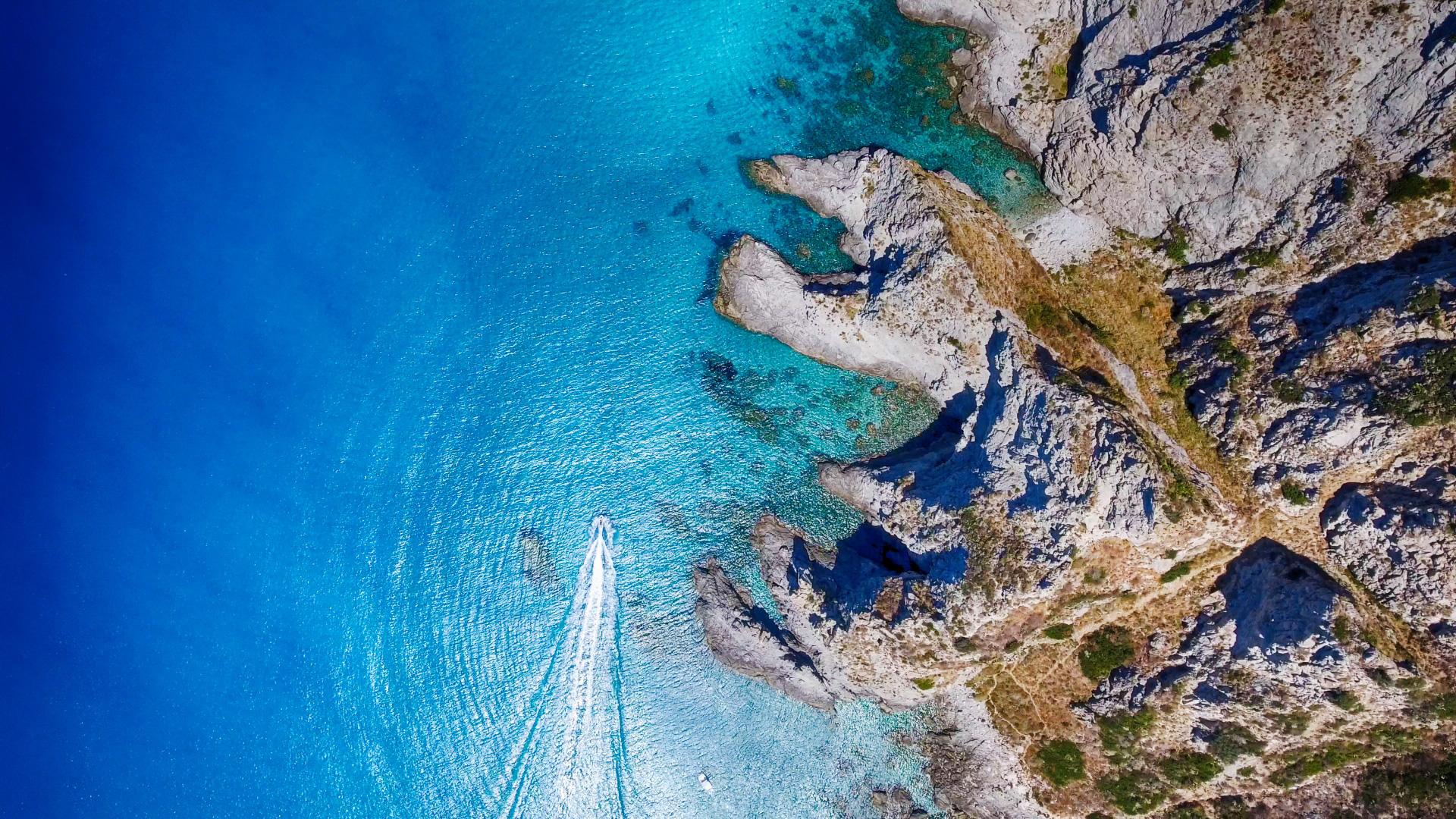
Places to visit
Places to visit in Calabria: what to see
More than just the sun, more than just the sea.
Let yourself be seduced by the most authentic part of Calabria and all its beauty. Ancient villages waiting to be discovered, parks and pristine landscapes, myths, legends and a wonderful hinterland.
Rely on Borgo Donna Canfora and its intimate knowledge of the area to choose which places to visit during your stay in Capo Vaticano and live a daydream in this beautiful corner of the world.
Rely on Borgo Donna Canfora and its intimate knowledge of the area to choose which places to visit during your stay in Capo Vaticano and live a daydream in this beautiful corner of the world.
Capo Vaticano
Capo Vaticano is an extremely beautiful and pristine location. In just seven kilometres of crystal-clear turquoise, azure and blue waters, incredibly fascinating landscapes follow one another: coves with sandy bottoms carved out of impassable rocky outcrops; smooth tufa cliffs; sharp granite cliffs overlooking the sea; gorges and caves that can only be reached by the boats of expert fishermen...
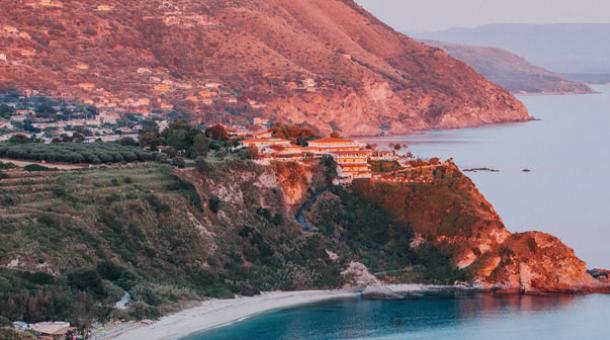
Red onion of Tropea
The cultivation of the red onion involves the entire area around Capo Vaticano and Tropea.
Its extraordinary sweetness, delicate fragrance and, above all, lightness, due to the morphological characteristics of the soil, make it highly demanded and famous all over the world.
Its tasty bulb is the foundation of the cuisine of the south, in which it is served both raw and as a basic ingredient in salads and various dressings. Every year, on August 13, the red onion festival is held in Ricadi.
Its extraordinary sweetness, delicate fragrance and, above all, lightness, due to the morphological characteristics of the soil, make it highly demanded and famous all over the world.
Its tasty bulb is the foundation of the cuisine of the south, in which it is served both raw and as a basic ingredient in salads and various dressings. Every year, on August 13, the red onion festival is held in Ricadi.

Zungri – Monte Poro
Zungri is an agricultural center located 571 metres above sea level on the northern slope of the Monte Poro plateau. It is the starting point for interesting excursions to discover places of historical, archaeological and natural significance, such as the rock settlement 'Grotte degli Sbariati' and the system of water mills and torrents. Not to be missed is the Museum of Rural Life in the historic center of Zungri.
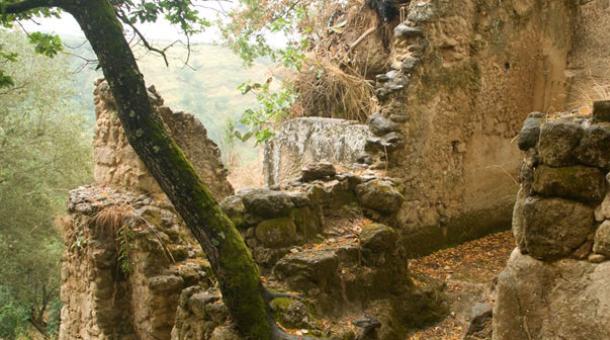
Nicotera
Nicotera is located 210 metres above sea level on a ridge overlooking the sea, and is criss-crossed by winding streets, underground passages and steep stairways.
The numerous scenic viewpoints, granite portals, stone buildings and fountains are all particularly interesting. Not to be missed is the statue of Our Lady of the Stairs, placed on a hill from which one can admire Nicotera, the Costa Viola, the Strait of Messina, and the shore of Sicily.
The view from the 'affacciu' is particularly impressive: one of the most beautiful views in Calabria.
The numerous scenic viewpoints, granite portals, stone buildings and fountains are all particularly interesting. Not to be missed is the statue of Our Lady of the Stairs, placed on a hill from which one can admire Nicotera, the Costa Viola, the Strait of Messina, and the shore of Sicily.
The view from the 'affacciu' is particularly impressive: one of the most beautiful views in Calabria.
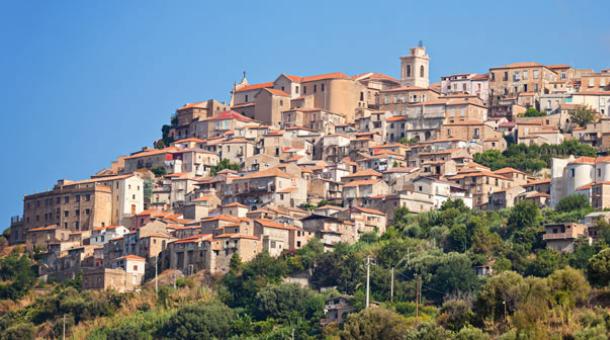
Spilinga
It is a town in a splendid position on Mount Poro, at an altitude of about 450 metres, close to the Capo Vaticano promontory.
Spilinga is the town of the 'nduja, a spicy spreadable salami very popular in Italy and abroad: during the summer, the town hosts the festival of the same name.
The cave of the Madonna delle Fonti and the Ruffa valley, which is about 3 km from the town and can only be reached via rugged trails, are worth visiting.
Spilinga is the town of the 'nduja, a spicy spreadable salami very popular in Italy and abroad: during the summer, the town hosts the festival of the same name.
The cave of the Madonna delle Fonti and the Ruffa valley, which is about 3 km from the town and can only be reached via rugged trails, are worth visiting.
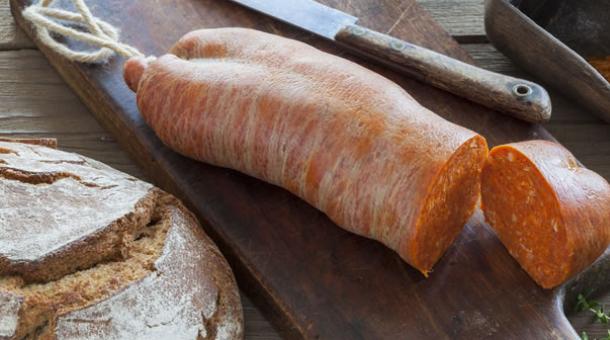
Scilla
Legend has it that Scylla was founded by Ulysses, who was forced to land here.
It certainly dates back to Greek times and is now a well-known fishing and seaside resort.
A tour of the town includes a visit to the Castle of the Ruffo Princes, which houses a famous art gallery. Spectacular are the Tremusa or Lamia Caves, a complex of natural caves full of stalactites and stalagmites and shell deposits from the Pliocene era.
It certainly dates back to Greek times and is now a well-known fishing and seaside resort.
A tour of the town includes a visit to the Castle of the Ruffo Princes, which houses a famous art gallery. Spectacular are the Tremusa or Lamia Caves, a complex of natural caves full of stalactites and stalagmites and shell deposits from the Pliocene era.
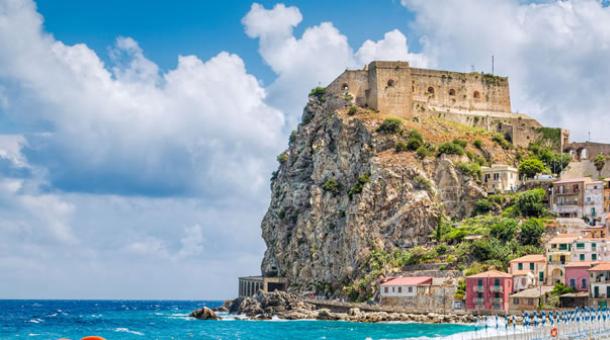
Pizzo Calabro
Pizzo Calabro, one of the most picturesque villages on the Coast of the Gods, is perched on the slope of a picturesque promontory that rises steeply above the Tyrrhenian Sea.
Not to be missed in the small town are the Aragonese castle where Gioacchino Murat (Napoleon's brother-in-law) was killed and the small church of Piedigrotta, entirely dug out of the tuff as a reminder of an escape from a shipwreck. Pizzo Calabro is also known for its homemade ice cream, the “Tartufo di Pizzo”, prepared by the ice cream parlors in the historic center.
Not to be missed in the small town are the Aragonese castle where Gioacchino Murat (Napoleon's brother-in-law) was killed and the small church of Piedigrotta, entirely dug out of the tuff as a reminder of an escape from a shipwreck. Pizzo Calabro is also known for its homemade ice cream, the “Tartufo di Pizzo”, prepared by the ice cream parlors in the historic center.
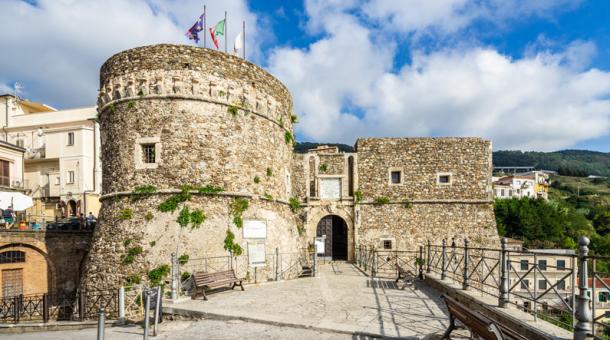
Serra San Bruno
Serra San Bruno is one of the major tourist destinations in the Calabrian Mountains. A religious, artisan and agricultural town located between Sila and Aspromonte, it contains a village made up of churches, convents and Carthusian monasteries immersed in an aura of mysticism and spirituality, surrounded by thick pine and fir forests that make it a favourite destination for lovers of trekking and nature walks.
Countless hiking trails can be explored, admiring pristine landscapes and spectacular views. Not to be missed is the Pietra del Signore, a large granite monolith that appears to be suspended in the air.
Countless hiking trails can be explored, admiring pristine landscapes and spectacular views. Not to be missed is the Pietra del Signore, a large granite monolith that appears to be suspended in the air.

